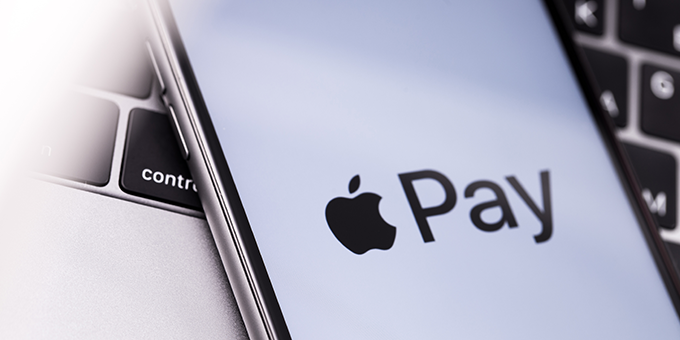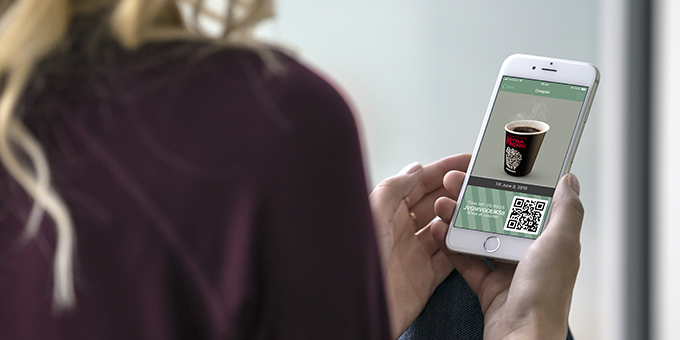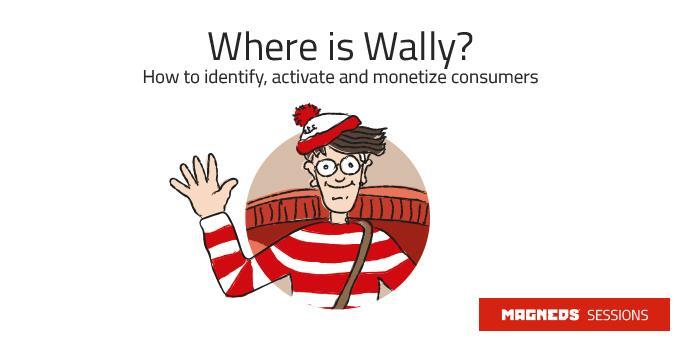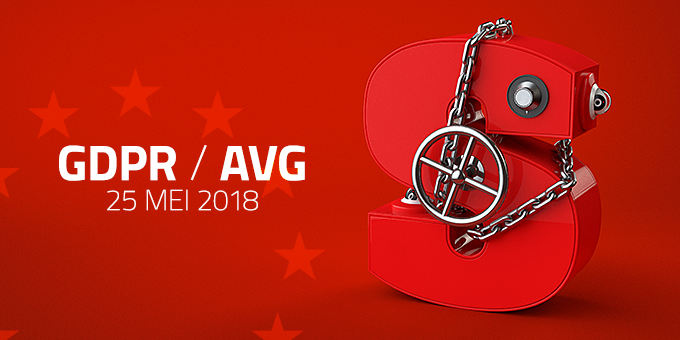Having to cut out a thousand coupons for three free tea spoons no longer works. The loyalty programmes that once made the phenomenon so great, are now wearing out quickly. How do these saving systems become futureproof? Five pitfalls and how to resolve them.
Transaction Versus Emotion
The programmes’ old style directly associates loyalty with rewarding customers for transactions. In other words: buying = collecting points. Which is fine. However, there are also other interesting ways in which customers show their involvement that are worthy of a reward. Someone who tells positive things about you, for instance, or visits your shop but doesn’t buy anything (yet).
Emotion is important if you want to achieve more customer retention. Reward, surprise and engage your customers, without insisting that they purchase something first. Simply showing your appreciation or inviting them to take part in a game (gamification), can already feel as a reward to your customers. Or ask your customer’s opinion by letting them take part in a panel or a co-creation process. They will feel appreciated and you will gain valuable information about your company. But you could also reward customers for no reason whatsoever, just a surprise which will make them feel good about you. So, besides the transaction, reward the interaction as well.
The Road to Hell is Paved with Good Intentions
Many programmes were set up years ago, based on a respectable principle: reward loyal customers with a little something extra. With old school loyalty programmes, customers save points which they can redeem for a present. These points thus usually represent a value, therefore companies need to allocate a certain amount on their balance sheets in order to be able to fulfil future payments. This often involves substantial sums that could cause tension. Management teams can’t bear the thought of everyone suddenly wanting to redeem their points or miles all at once.
This can result in a discourage policy instead of an encourage policy, which goes against the original objective of rewarding customers for their loyalty and increasing customer satisfaction. Instead of points with a monetary value, which are a financial liability, you could use virtual value. Like Mentos More, for example, who offer a discount on magazine subscriptions, or tickets to the zoo. Consumers save up faster and benefit from it sooner. Moreover, you will avoid the internal debate.
Loyalty Programmes in Quarantine
The loyalty programme is often regarded as a separate marketing activity, and is therefore not linked to the business operations. It is a silo. Which is a shame, because loyalty programmes allow you to connect the existing touchpoints of a brand/company and create new ones. Starbucks, for example, consider their loyalty programme to be the most important business driver on the short and the long term. With the app linked to Starbucks Rewards, more than nine million mobile payments are made every week. These transactions account for 20 percent of all payments in the Starbucks stores across the US. That the loyalty programme is fully integrated in the business becomes apparent from the fact that the stock prices dropped when Starbucks announced a change in their loyalty programme.
A loyalty programme should always be integrated, for it could be the linking factor between different touchpoints, which will allow you to implement them more efficiently, because now you will have a full view of your customers and their behaviour and interests. For instance, users of product A could be interested in the new product B. Through the loyalty programme, you can offer these customers a special promotion. Everyone who actively works on a good relationship with their customers, obtains more insight in customer behaviour and more valuable customer contacts, with more sales as a logical consequence.
Gone With the Coupons
An overflowing wallet due to all those loyalty cards and a kitchen drawer full of stamps, coupons and savings cards. A shame to throw it out (loss aversion), but before you know it, the promotional period has come to an end, and you end up throwing everything away anyway. It is amazing that so little use is made of our sixth sense: the mobile phone. It’s the first thing we look at when we wake up and the last before we go to bed, and it is the perfect tool for customer retention. Physical stamps, savings and/or loyalty cards are no longer needed. You can stimulate and motivate consumers digitally and you have an extra touchpoint where you can reward or surprise them, or where you can engage them in your activities.
The Insatiable Hunger for Fast, Faster, Fastest
Cutting out coupons for years in order to select a tiny present is outdated. We have become less patient and want instant satisfaction. We have always been like this, but modern technology has led to consumers being able to fulfil their desires more easily. The effects of ‘instant gratification’ can be seen everywhere nowadays, both online and offline. When a positive result occurs, dopamine is released to our brain, which makes us feel good. Take Google, Tinder, Spotify and Netflix in mind… all comparatively new players with an addiction mechanism.
“Instant gratification,” says the Dutch neuroscientist and brain researcher Victor Lamme, “derives from the structure in our brain which controls our acquired behaviour. We try something, and if the outcome is a positive result, we not only get rewarded with that result itself, but there is also dopamine being released to our brain which makes us feel good.”
So good, that we keep searching for similar gratification triggers, according to Lamme. “The stronger the link between the action and the gratification trigger, the more addictive the mechanism works.”
So make sure that there is instant gratification in your loyalty programme, for example by offering immediate discounts, by surprising the users, or by providing instant feedback.
Ready-made solutions to five problems, yet many loyalty programmes still stick to their old habits. Their reluctance makes sense, for it is a complex issue. You are not reorganising a department, but a phenomenon. Nevertheless, it is time for a breath of fresh air. Customers are pulling out more and more. Yes, it takes guts to change, but it is do or die.






